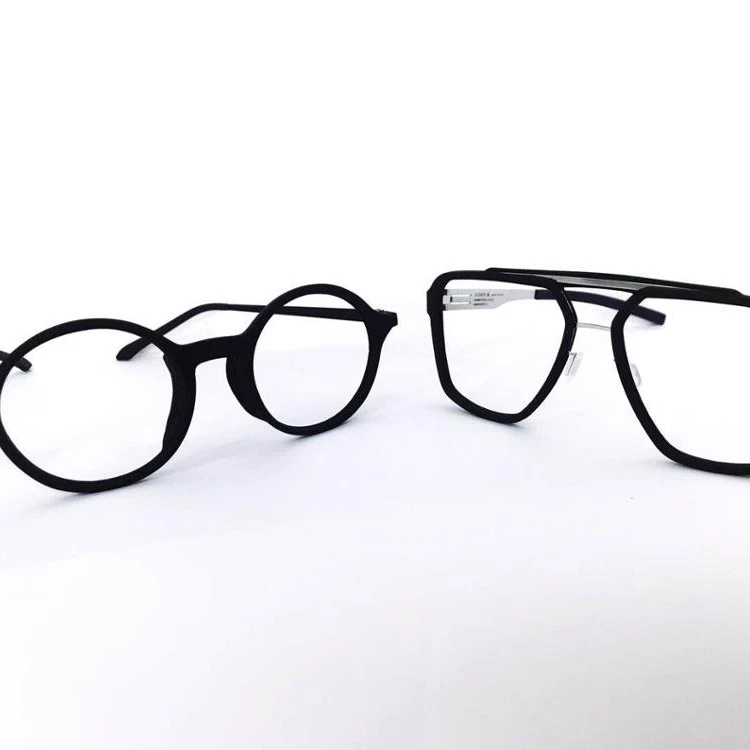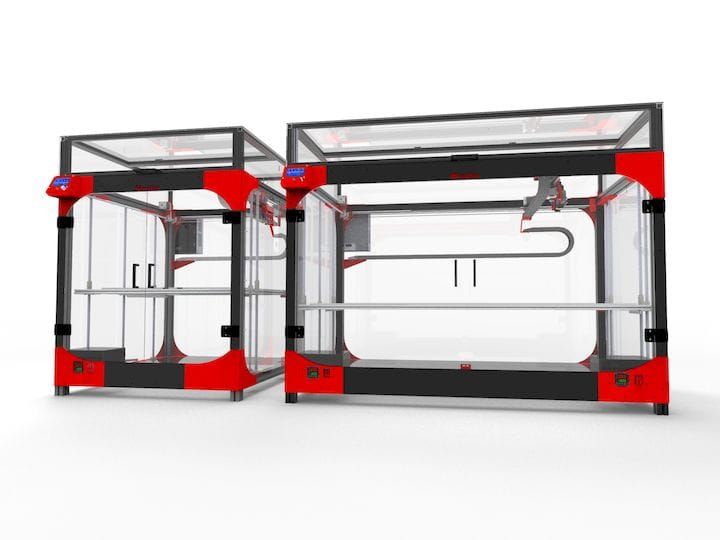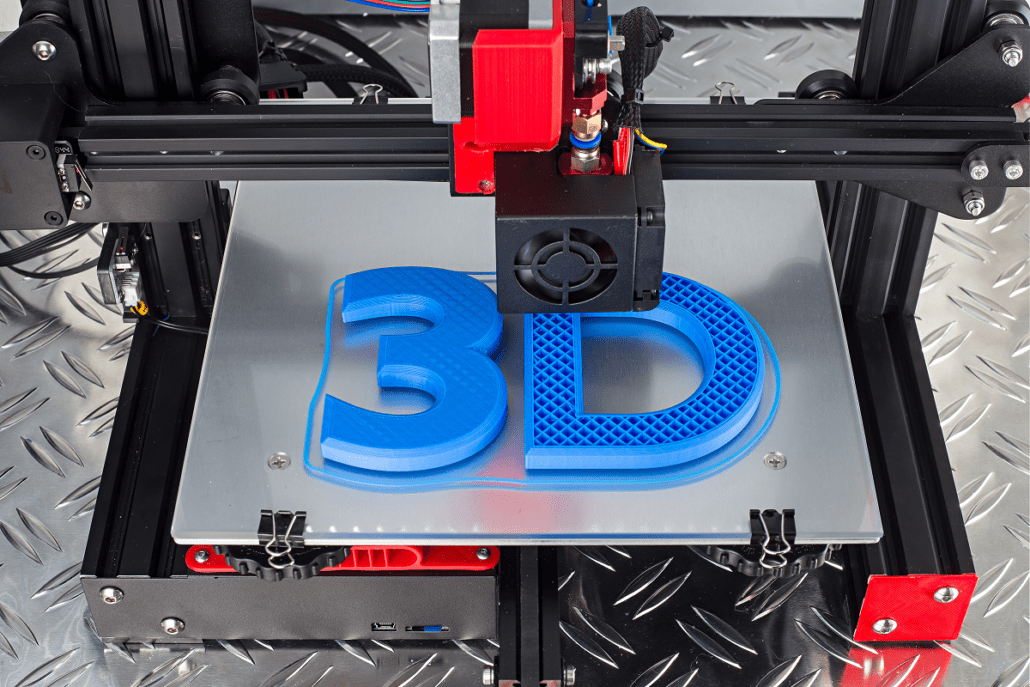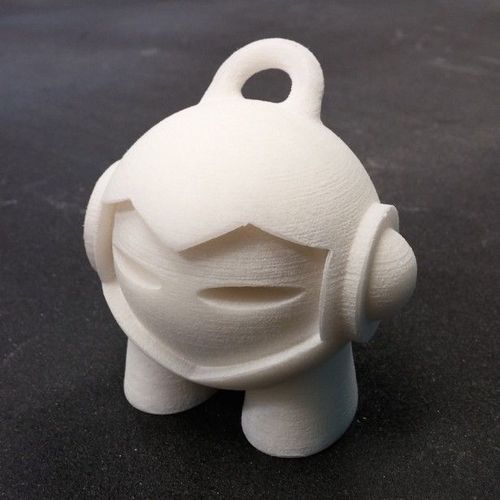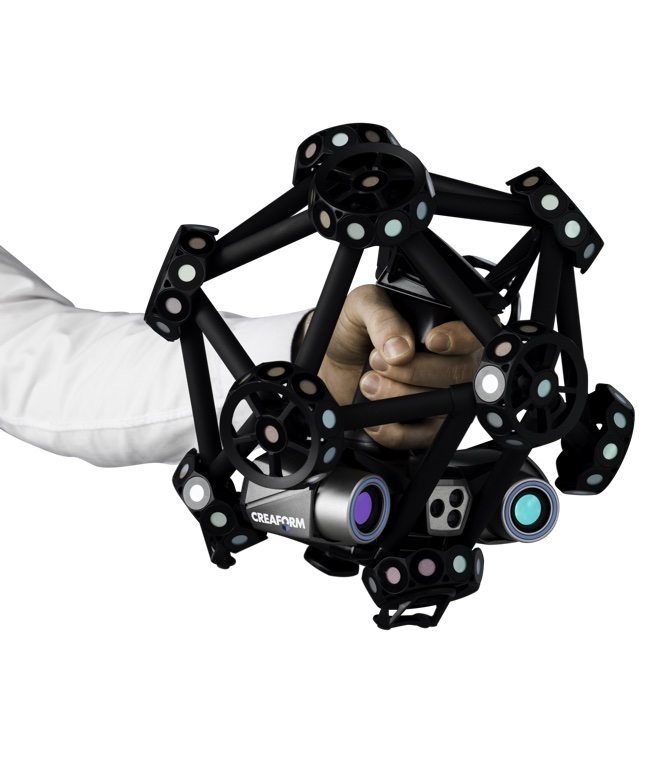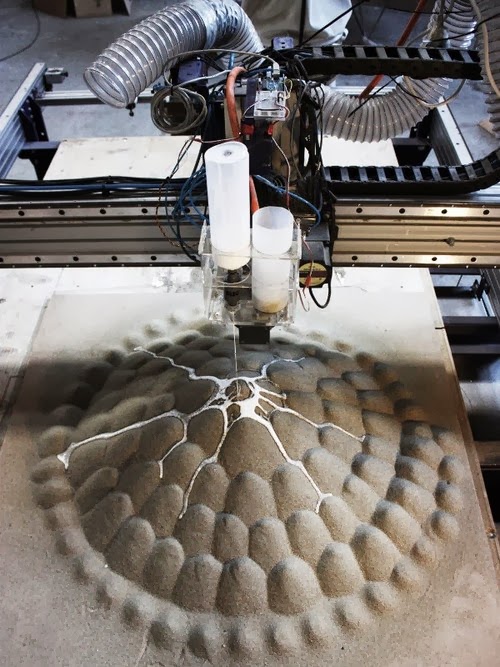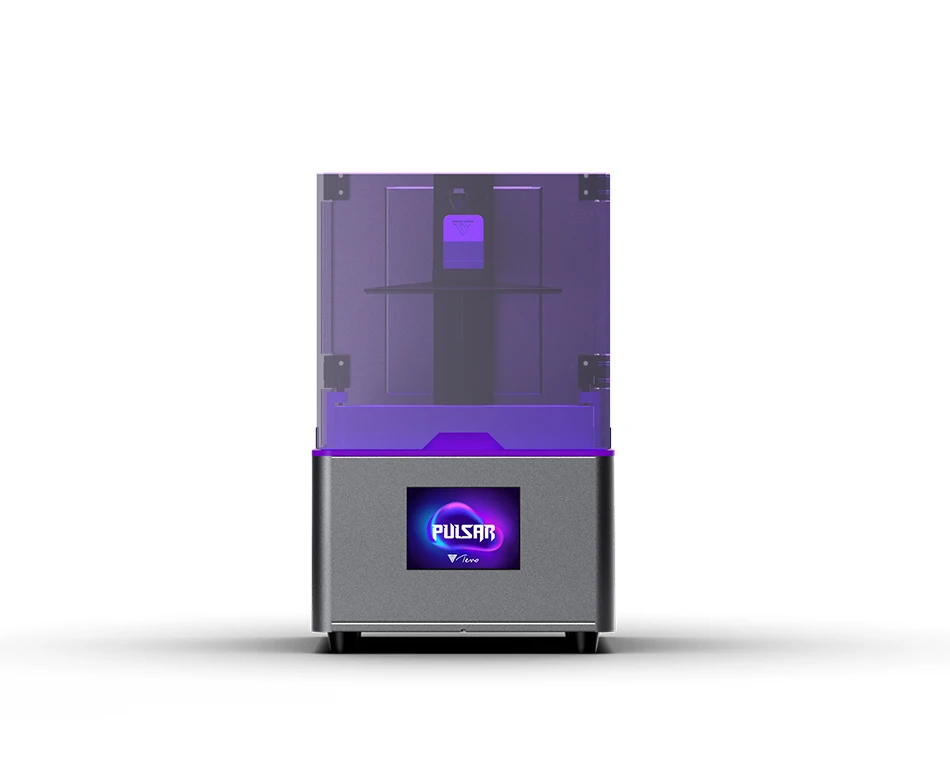3D printed spectacles
Trends in the eyewear industry in 2022
3D Learning Hub
See all categories
Contents:
- Introduction
- Why is 3D printing a great technology for the eyewear industry?
- Best 3D printed glasses projects
- How to create your 3D printed glasses with Sculpteo?
Introduction
Why is 3D printing a great technology for the eyewear industry?
3D printing brings unlimited possibilities of designs
There is a simple sentence that clearly defines the whole potential of 3D printing when it comes to creation and design: “The only limit is your own imagination”. Indeed, this technology allows you to create extremely complex structures, and in some cases, designs that you could not even make come true without 3D printing due to traditional manufacturing constraints.
In the eyewear industry, this technology has been used more and more to create 3D printed glasses since it opens a broad range of possibilities to create 3D printed glasses frames totally custom-made. You can easily create either simple and complex designs.
Custom-made 3D printed glasses are more comfortable
For the person wearing glasses, choosing the right pair is not an easy task. Finding comfortable glasses with good design takes time. Also, the limited choices of design, in some cases, lead the wearer to sacrifice the design above their own comfort. Thanks to this cutting-edge technology, 3D printed glasses can be customized to fit the individual’s needs. It gives the wearer a feeling of comfort and at the same time a cool style.
Besides offering freedom of designs and shapes, 3D printing uses less material to produce glasses frames. Additive manufacturing also offers new opportunities, it is actually a great way to improve your product thanks to new designs and new materials: lighter 3D printed glasses frames can be made thanks to 3D printable frames.
Additive manufacturing also offers new opportunities, it is actually a great way to improve your product thanks to new designs and new materials: lighter 3D printed glasses frames can be made thanks to 3D printable frames.
With 3D printing, you can produce high-quality glasses
When it comes to choosing glasses, quality of the material, resistance and durability are the main elements that need to be taken into account. To produce the same quality of glasses, Polyamide 12, known as Nylon, is commonly used to 3D print glasses frame. This material has the expected properties, being resistant, durable and offers great freedom for design. Thus, thanks to 3D printing you can create high-quality 3D printed glasses. For the moment, companies 3D print frames, but soon, it could even become possible for you to 3D print lenses for your glasses
Build your brand thanks to 3D printing
3D printing helps you get ahead of your competitors, by getting a much more efficient manufacturing process.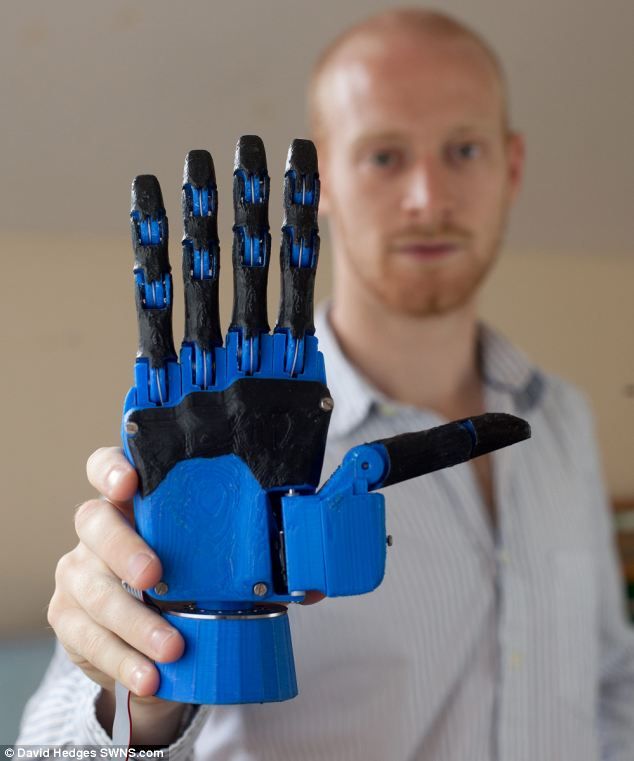 Moreover, using additive manufacturing is the perfect way to build your brand and your DNA. Using 3D printing, combines aesthetics and innovation, pushing your company to a brand new level.
Moreover, using additive manufacturing is the perfect way to build your brand and your DNA. Using 3D printing, combines aesthetics and innovation, pushing your company to a brand new level.
Optimize your supply-chain
If you want to use additive manufacturing to create finished 3D printed glasses, then, this technology will help you optimize your whole production process. Indeed, using additive manufacturing also means reducing your stock. With traditional manufacturing techniques, you need to build your stock, but with 3D printing: you avoid waste, you can produce your parts when you need them!
Best 3D printed glasses projects
3D printed glasses have been around for years and many companies started to adopt this innovation to improve their design. Here are some 3D printed glasses manufacturers that adopted this technology to improve their products, or their manufacturing process.
Netlooks
Sculpteo recently partnered with Netlooks, a company precisely at crossroads of technology and craftsmanship.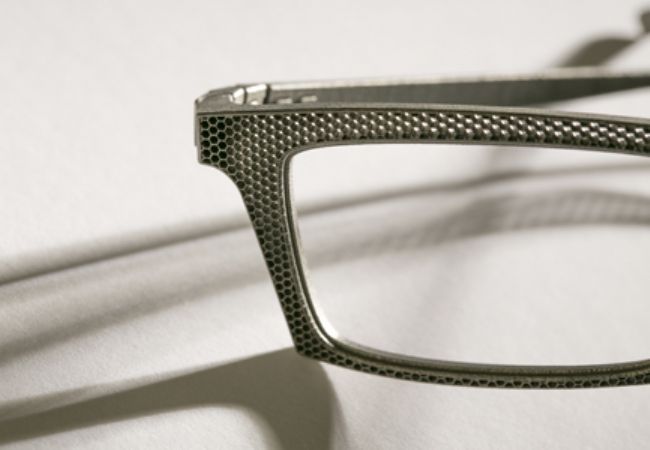 This eyewear company is now making the most of the advantages of 3D printing.
This eyewear company is now making the most of the advantages of 3D printing.
In the beginning, Netlooks was handling everything in-house: customers just had to choose the eyewear, get a face scan, and try a test model, before getting the final handmade product. But here is the problem, per store, more than 200 testing models were required, involving more than 1000 hours of work and a dozen craftsmen dedicated to creating them. That is precisely where 3D printing appeared to be the best solution for Netlooks, to create their test eyewear models and scale their business growth! The final product is still handcrafted, but 3D scanning helps to create 3D models, and 3D printed glasses helps to ensure that the eyewear frames are perfectly adapted to the customer’s morphology.
Monoqool
Aiming to bring innovation to the fashion industry, Monoqool manufactures its own 3D printed glasses. In its new Slider Collection, this Danish-based eyewear company creates ultra-thin and lightweight glasses thanks to 3D printing.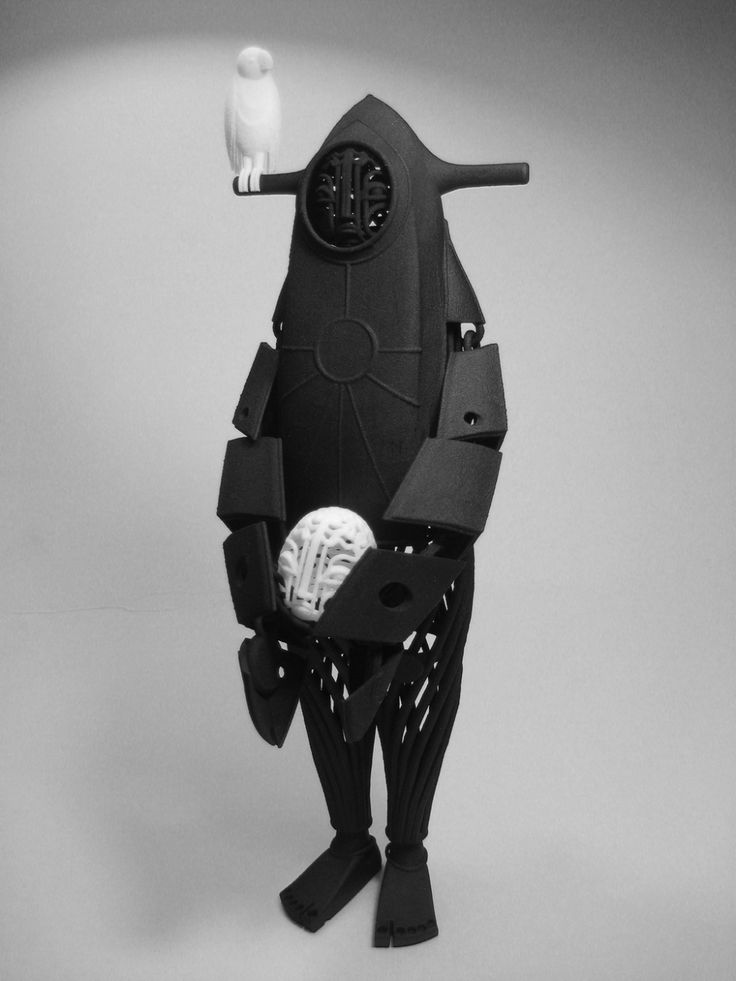 In this case, additive manufacturing is used to improve the product, not to create extravagant designs and collections. These glasses frames are simple and feature screwless hinges.
In this case, additive manufacturing is used to improve the product, not to create extravagant designs and collections. These glasses frames are simple and feature screwless hinges.
October71
Creating 3D printed eyewear made in France! October71 uses our online 3D printing service to create ultra-light glasses. According to its founder Christophe Mouty, 3D printing for optics is a way to make light products, actually 30% lighter than acetate or plastic on average), but also very robust, customizable eyeglasses and sunglasses. It definitely helps optimize the supply chain of a eyewear manufacturer.
Oxydo
Oxydo is another brand, creating what they call “wearable sculptures”. This company is pushing the limits of creativity, using 3D technology to develop their impressive products. Colorful and original 3D printed sunglasses, with architectural forms and a lot of details.
Hoet
Additive manufacturing also allows for fancy possibilities. Hoet is a Belgian eyewear design company. Their goal is clearly to use 3D printing technology in order to experiment and find new designs. These glasses are another proof that additive manufacturing is able to create end products with great quality.
Their goal is clearly to use 3D printing technology in order to experiment and find new designs. These glasses are another proof that additive manufacturing is able to create end products with great quality.
Protos Eyewear
Another eyewear company that adopts this cutting-edge technology to create 3D printed glasses that really fit you. Protos Eyewear is using 3D printing at a more complex level than the previous brands: Protos created a software that allows them to alter the design of glasses to fit your facial structure. Using hypoallergenic bioplastics, Protos Eyewear creates innovative designs that are impossible to replicate using a traditional manufacturing process.
How to create your 3D printed glasses with Sculpteo?
Manufacturing eyewear is not an easy thing to do, but 3D printing can help you with the manufacturing process, for rapid prototyping for example, but also for the production of your finished eyewear product. At Sculpteo, we help you give life to your 3D design in a few clicks.
Choose the best materials
Each project you develop has its own needs. This means, each project will need a different 3D printing material, different material properties, and a different finished look.
So what material will be the best option in order to develop your 3D printed eyeglasses? For a reliable and economical project, the best choice will be to use a powder bed fusion technology, Selective Laser Sintering (SLS), which offers you possibilities to print using various of our plastic materials such as Nylon PA12, or Multi Jet Fusion PA12 and make the most of great finishes for your 3D printed glasses, or 3D printed sunglasses.
You could go even further by developing glasses made using plastic and metal 3D printing: technology such as binder jetting could be used to add details and some jewelry to your creations. Additive manufacturing offers new opportunities, impossible to reach with traditional manufacturing techniques.
The perfect finish for your 3D printed glasses
You are now ready to 3D print your own glasses, but we have one more tip for you.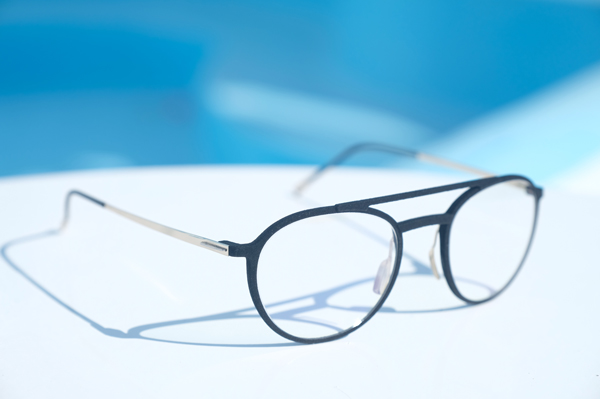 Indeed, to help you get the best finished product, we recommend you to add the Color touch finish to your 3D printed glasses. This finish is available on our online 3D printing service thanks to the DyeMansion technology and will optimize the final look of your glasses by giving them a satin look. At Sculpteo, we already 3D printed luxury sunglasses with this finish. They have been used daily for more than two years now, and their colors are still UV-stable and brilliant.
Indeed, to help you get the best finished product, we recommend you to add the Color touch finish to your 3D printed glasses. This finish is available on our online 3D printing service thanks to the DyeMansion technology and will optimize the final look of your glasses by giving them a satin look. At Sculpteo, we already 3D printed luxury sunglasses with this finish. They have been used daily for more than two years now, and their colors are still UV-stable and brilliant.
Check out the color touch finish page to get more information about the DyeMansion technology and the colors available for your 3D printed glasses.
So, do you have any idea in mind about your own 3D printed glasses design? Print your own glasses right now by uploading your 3D file. Make the most of our professional 3D printers and receive your parts in a few days! From rapid prototyping to production, additive manufacturing will help you give life to your 3D design.
Is it possible to 3D print glasses?
How do you print 3D glasses?
Related Topics
- Return to Top
Get the latest 3D printing news delivered right to your inbox
Subscribe to our weekly newsletter to hear about the latest 3D printing technologies, applications, materials, and software.
The Most Innovative 3D Printed Glasses on the Market
Published on May 13, 2022 by Madeleine P.
When you think of 3D printing especially in the medical sector, one of the most important benefits of the technology is the fact that it can make fully-customizable parts. It probably comes as no surprise then that one of the areas where we are seeing a growth of 3D printed products is in eyewear. Indeed, the market is expected to reach $3.4 billion by 2028 from $182 million in 2018. Thanks to 3D printing, glass frames are able to be customized to perfectly fit each user’s face, allowing for a lighter, more comfortable fit. We decided to take a closer look at the leading examples of 3D printing in glasses, both optical and sunglasses to understand the available options on the market. Here they are listed in alphabetical order.
3D Printed Glasses for Dyslexic Children
Abeye is a French startup incubated by ATOL Les Opticiens that manufactures electronic glasses to improve the well-being of its wearer. One of its latest range of glasses is called Lexilens, a solution to relieve people suffering from dyslexia. Concretely, the wearer can activate a filter by a simple pressure, thus removing all the mirror images seen by the dyslexic person. And if we mention it in our selection, it’s because additive manufacturing played a key role in the entire R&D phase of the project. The teams were able to test many different frames and multiply the iteration using HP Multi Jet Fusion.
One of its latest range of glasses is called Lexilens, a solution to relieve people suffering from dyslexia. Concretely, the wearer can activate a filter by a simple pressure, thus removing all the mirror images seen by the dyslexic person. And if we mention it in our selection, it’s because additive manufacturing played a key role in the entire R&D phase of the project. The teams were able to test many different frames and multiply the iteration using HP Multi Jet Fusion.
Photo Credits: Abeye
Sunglasses Developed by Adidas
Many sports brands have already used additive manufacturing to produce various sporting gear and accessories and Adidas is no exception to that. The German sports brand recently announced it would be using 3D printing to design the frame of their latest pair of sunglasses. These frames, called 3D CMPT, were manufactured in collaboration with Marcolin Group, a company already known for working with top brands such as Tom Ford, Moncler, and Guess.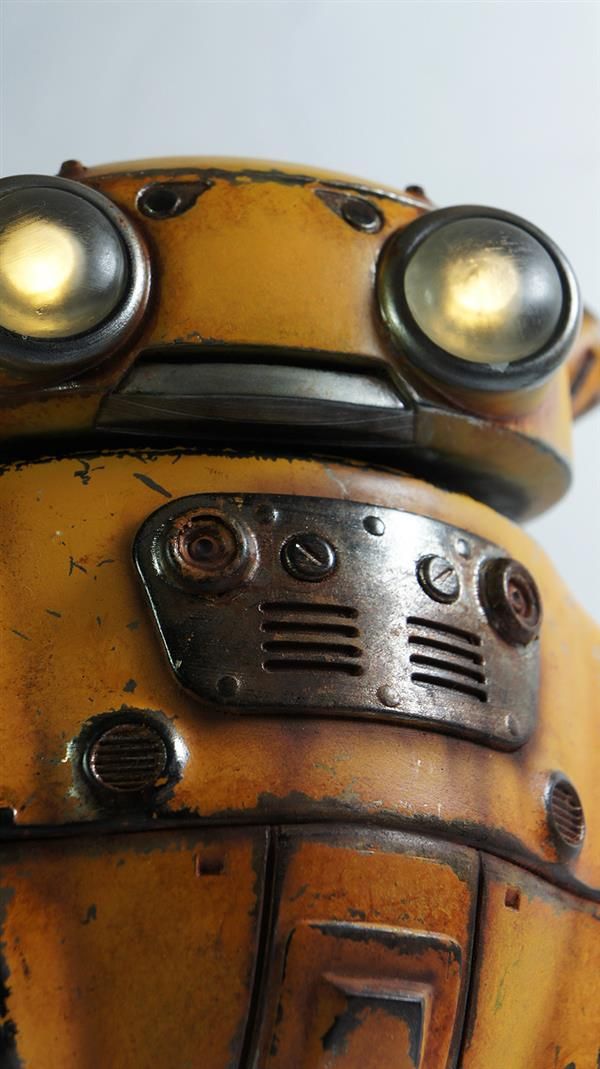 The unique model, which stands out not only because of its light weight of merely 20 grams, features a special spiral structure. It was created by using flexible nylon with a special coating, which gives the glasses a rubberized effect, Adidas enhanced the glasses with non slip contact points on the nose pad to improve the stability and make them as comfortable as possible.
The unique model, which stands out not only because of its light weight of merely 20 grams, features a special spiral structure. It was created by using flexible nylon with a special coating, which gives the glasses a rubberized effect, Adidas enhanced the glasses with non slip contact points on the nose pad to improve the stability and make them as comfortable as possible.
3D Printed Glasses from BRAGi
If you’re looking for additively manufactured eyewear with excellent feel and standout aesthetics, you’re sure to find it at BRAGi. The customized and bespoke 3D printed eyewear relies on 3D scanning, parametric design and 3D printing technology throughout the entire process. BRAGi uses its proprietary scanning system, which can accurately identify a total of 72 key points on the face to serve as the basis for the glasses’ subsequent frame design. As for the subsequent 3D printing, BRAGi uses a 3D printer from a German manufacturer, but does not go into further specifics about it nor about the medical bioprinting materials used.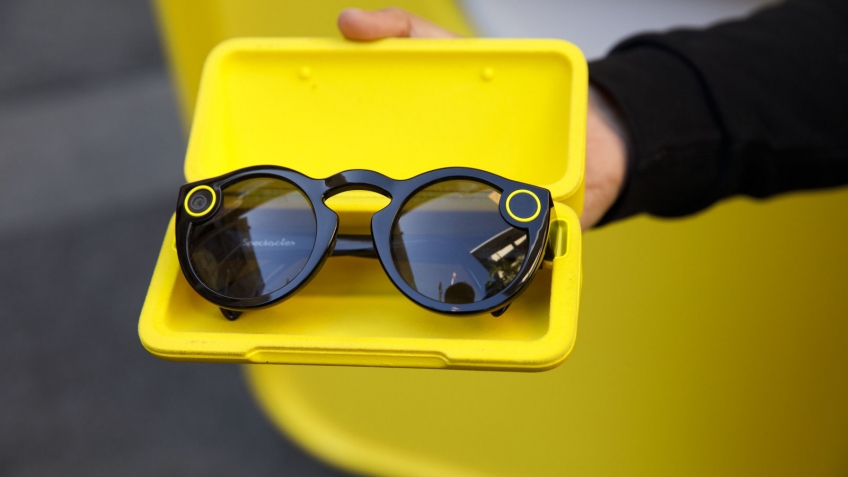
Photo Credits: BRAGi
Fritz Frames’ Glasses For Every Age
Fitz Frames operates under the assumption that everyone should look and feel great in their glasses as they are the one thing that is worn from morning until bedtime. To that end, the company makes all types of 3D printed glasses including prescription, blue light filtering and sunglasses for both adults and children (3 years old and up). To ensure the best fit for each face, Fitz’s app measures to get the exact dimensions before 3D printing the frame for what they consider to be the best fitting glasses ever. Users can choose from a variety of frame shapes and colors and though of course you can make a one-time purchase for just $96 (with a 30-day guarantee), you can also go for a $185 per year subscription plan for unlimited frames, just in case of accidents. Like many other examples on our list, the frames are made using lasers, most likely SLS technology though the company does not name the exact process.
Hoet’s Glasses Combine Tradition with Innovation
The Hoet family, which runs a fifth-generation optical store in the heart of Bruges, has recently launched their ‘Made in Belgium’ 3D laser-printed eyeglasses made of titanium.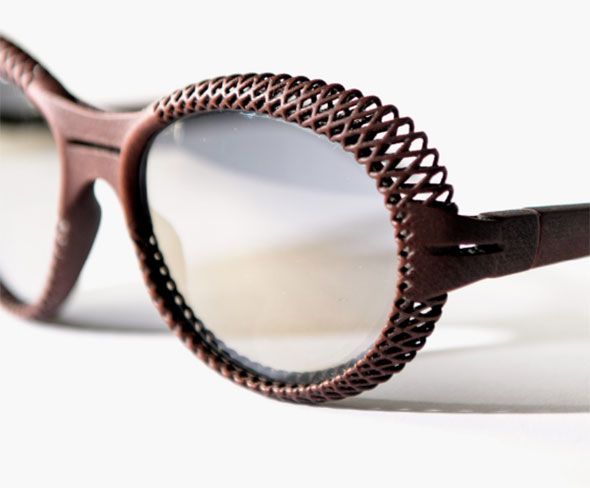 The family, which runs the family owned shop since its opening in 1945, dedicated four years of research and development, striving to combine modern technology with elegance and style. The result of this devotion is the 3D printed “Hoet couture’ collection, which displays the perfect use of additive manufacturing, producing the frames of the glasses with amazing details which couldn’t be made by traditional production methods. All while minimizing any kind of waste and using sustainable materials. The 3D technology offers a number of other unprecedented options in terms of designs well, making the beneficial use of 3D printing visible.
The family, which runs the family owned shop since its opening in 1945, dedicated four years of research and development, striving to combine modern technology with elegance and style. The result of this devotion is the 3D printed “Hoet couture’ collection, which displays the perfect use of additive manufacturing, producing the frames of the glasses with amazing details which couldn’t be made by traditional production methods. All while minimizing any kind of waste and using sustainable materials. The 3D technology offers a number of other unprecedented options in terms of designs well, making the beneficial use of 3D printing visible.
Photo Credits: Hoet
Klenze & Baum
Klenze & Baum have set up shop in Munich with their production of additively manufactured eyewear. The special feature in the production of their glasses is the specially patented ball joint of the VOYOU and SUMO collections. This has a unique function: if the temple is overloaded or overstretched, it can give way and even pop off. The hinge can be reattached within seconds with just a flick of the wrist. Thanks to additive manufacturing, the virtually indestructible glasses are not only very lightweight, but also pursue a major sustainability aspect. Because the glasses are easy to repair, there is no need to buy new glasses if they break, and 3D printing prevents overproduction.
The hinge can be reattached within seconds with just a flick of the wrist. Thanks to additive manufacturing, the virtually indestructible glasses are not only very lightweight, but also pursue a major sustainability aspect. Because the glasses are easy to repair, there is no need to buy new glasses if they break, and 3D printing prevents overproduction.
Photo Credits: Klenze & Baum
3D Printed Lenses from Luxexcel
So far, we have introduced you to several different 3D printed frame projects. This time, we wanted to introduce you to actual 3D printed glasses! The company Luxexcel is behind this innovation: based in the Netherlands, it offers printing of prescription glasses but also of lenses. The company has developed a solution called VisionPlatform that integrates a 3D printer, software and adapted materials. Its technology is based on a process of droplets that, layer by layer, form the final lens. In the video below, Joost van Abeelen, CPO of Luxexcel, goes over the basics of the technology:
Materialise’s 3D Printed Glasses
The Belgian company Materialise is well known for its many projects in the 3D printing industry. Since its founding in 1990, Materialise has partnered with dozens of other companies for all kinds of projects. From 2013 on however, Materialise has been working on the production of 3D printed glasses, always striving to find optimal technologies and sustainable materials. By respecting all unique requirements that the production of eyewear has, Materialise has invested in discovering and researching the many ways it can apply 3D printing to the world of eyewear manufacturing. From designer ateliers to mainstream consumer brands, Materialse has always managed to exceed the expectations, making every collaboration an experience of its own with unique results every time.
Photo Credits: Materialise
Monoqool and its Many 3D Printed Glasses Collections
Monoqool from Denmark also has the aim of using new technologies and materials to make the most innovative eyewear, putting a focus especially on comfort.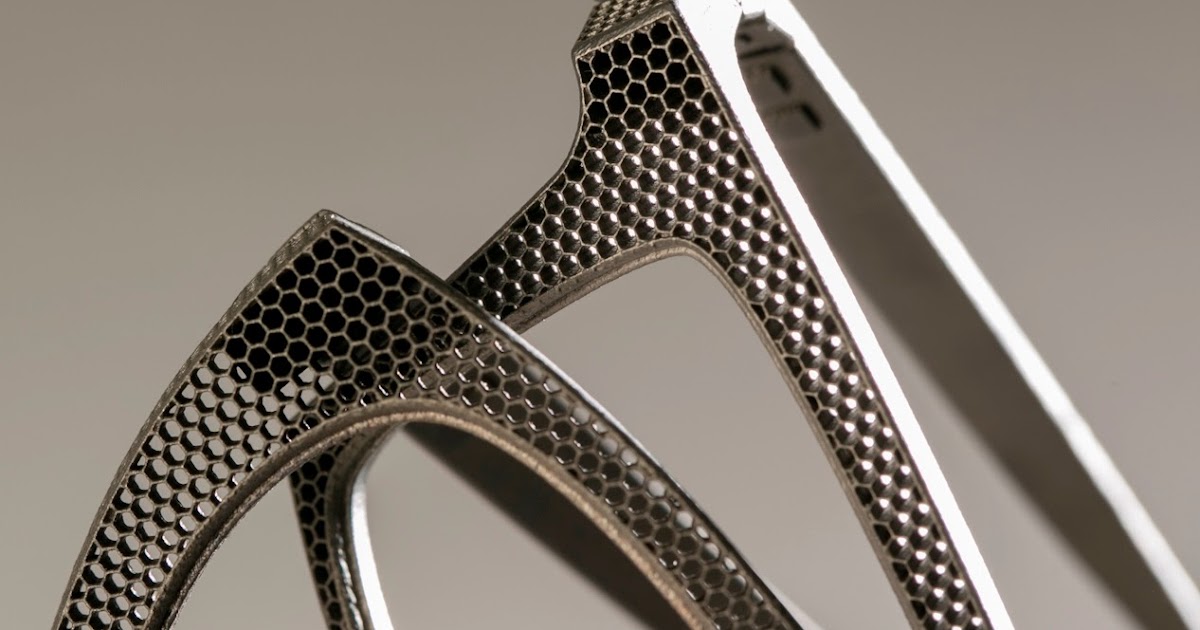 Monoqool’s many 3D printed glasses come in a variety of frame styles and colors, but they are all made using polyamide and a laser, suggesting an industrial SLS printer. According to the company, it takes up to 24 hours to print one of the glasses and for their Slider series, the frames consist of up to 600 super-fine layers and undergo more than 30 post-processing steps including glassblasting, coloring, coating and polishing, before reaching the final product.
Monoqool’s many 3D printed glasses come in a variety of frame styles and colors, but they are all made using polyamide and a laser, suggesting an industrial SLS printer. According to the company, it takes up to 24 hours to print one of the glasses and for their Slider series, the frames consist of up to 600 super-fine layers and undergo more than 30 post-processing steps including glassblasting, coloring, coating and polishing, before reaching the final product.
MYKITA’s Mylon Colection
MYKITA, so-named because when it was founded in 2003 it was located in an old kita, or daycare in German, is a German eyewear company that is committed to using modern technologies for innovative, long-lasting glasses. And as you might expect, they also have a collection made using 3D printing. MYKITA MYLON is the first serially produced collection made with 3D printing technology that MYKITA has and is composed of both sunglasses and optical glasses.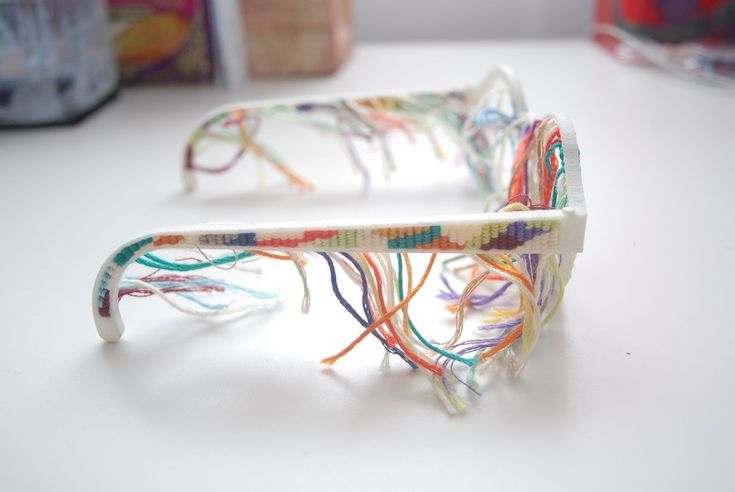 The frames are made using SLS and polyamide powder in order to create a lightweight frame that still has outstanding comfort.
The frames are made using SLS and polyamide powder in order to create a lightweight frame that still has outstanding comfort.
3D Printed Glasses from Netlooks
Netlooks is a French eyewear manufacturer that has been working with the 3D printing service Sculpteo for over three years. The company designs custom eyewear through additive manufacturing, specifically via powder sintering. It uses PA12 to create frames adjusted to the wearer’s morphology – length of the temples, face width, etc. – and the color of the glasses. The wearer can also choose the color of the frame and thus obtain a result totally adapted to his needs.
Odette Lunettes and its Range for Sportsmen
Belgian company Odette Lunettes recently launched a new collection of 3D printed eyewear. Relying on HP Multi Jet Fusion technology, it used a biosourced polyamide, a PA11 developed by BASF. The range was named “Odette Lunettes X Tom Boonen”, after the collaboration with the Belgian cyclist Tom Boonen.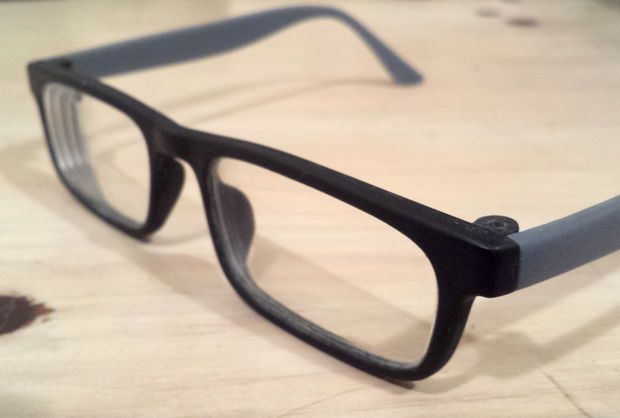 Indeed, the objective was to propose glasses adapted to the practice of the sport without sacrificing the design. Odette Lunettes is currently working in collaboration with Materialise who is in charge of the printing of the frames.
Indeed, the objective was to propose glasses adapted to the practice of the sport without sacrificing the design. Odette Lunettes is currently working in collaboration with Materialise who is in charge of the printing of the frames.
Photo Credits: Odette Lunettes
Rolf Spectacles’ Sustainable Castor Bean Glasses
Rolf Spectacles is an Austrian manufacturer of sustainable 3D-printed eyewear. To be precise, these additively manufactured glasses are made frin castor beans. The eco-friendly and renewable resource brings the advantage that the material made from it – powder-based castor beans and water – is flexible, natural and skin-friendly. While Rolf Spectacles is best known for its eyewear developed from plant-based materials, it also makes wooden eyewear as well as titanium, stone and horn eyewear. Since these are printed in one piece, there is thus no need for suppliers to provide additional parts.
Photo Credits: Rolf Spectacles
Wire Glasses’ British 3D Printed Glasses
Sustainably designed in London and handcrafted in Italy, Wire Glasses aims to combine style with eco-friendly choices for their zero-waste eyewear. Available as both opticals and sunglasses (like many of the options on our list), their frames are printed from bio-plastic made from castor beans, a single stainless-steel wire that is made eyewear specialists in Northern Italy and lenses made in France with ecological resin (bio polyamide). The company aims to have zero waste in their production and fair labor. Though the company does not name which 3D printing process they use, they certainly turned towards 3D printing thanks to its benefits when it comes to reducing waste.
Available as both opticals and sunglasses (like many of the options on our list), their frames are printed from bio-plastic made from castor beans, a single stainless-steel wire that is made eyewear specialists in Northern Italy and lenses made in France with ecological resin (bio polyamide). The company aims to have zero waste in their production and fair labor. Though the company does not name which 3D printing process they use, they certainly turned towards 3D printing thanks to its benefits when it comes to reducing waste.
Photo Credits: Wire Glasses
YOU MAWO Scans Your Face for Your 3D Printed Frames
YOU MAWO (short for “Your Magic World”) also sets the highest standards of individuality in the additive manufacturing of its eyewear. With the help of 3D technologies, the German-based company can precisely adapt the characteristics of the glasses to the needs of the respective wearer. Specifically, the company uses EOS’s selective laser sintering process; for post-processing they have adopted DyeMansion’s technology. After an approximately 20-second scan via cell phone or tablet, YOU MAWO can then use this data to design, adapt and, of course, 3D print the spectacle frames.
After an approximately 20-second scan via cell phone or tablet, YOU MAWO can then use this data to design, adapt and, of course, 3D print the spectacle frames.
What do you think of our list of 3D printed glasses? Which ones are we missing? Let us know in a comment below or on our LinkedIn, Facebook, and Twitter pages! Don’t forget to sign up for our free weekly Newsletter here, the latest 3D printing news straight to your inbox! You can also find all our videos on our YouTube channel.
👓 Best files for 3D printing glasses and sunglasses・Cults
👓 Best files for 3D printing glasses and sunglasses
Download 3D files for glasses
Designers from the Cults community have come up with all kinds of glasses. Of course, there are sunglasses and 3D printed glasses, but you will also find fancy glasses for various events or to create cosplay costumes!
Sunglasses
Free
VirtualTryOn.
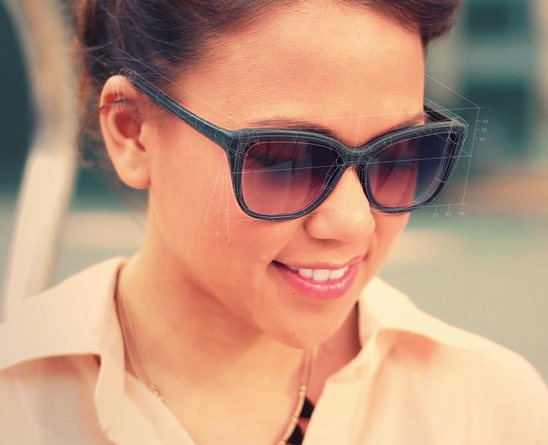 fr Eyeglass frame (flat)
fr Eyeglass frame (flat) Free
Nose pad for mask - COVID
Free
Harry Potter Glasses
Free
Glasses
Free
Universal Glasses Stand
Free
VirtualTryOn.com - 3D Printing Glasses - Steve v2 - VTO
Free
VirtualTryOn.fr - 3D Printing Glasses - Steve
Free
Sunglasses
Free
VirtualTryOn.fr Eyeglass frame
Free
Glasses / Sunglasses
Free
Glasses COVID-19
Free
VirtualTryOn.
 fr - Glasses 3D printing - Low Paulie
fr - Glasses 3D printing - Low Paulie Free
Pencil Case triangle
Free
POP Glasses
Free
Eyeglasses wall mount holder
Free
Bre got glasses?
Free
SpecStand (Short) Eyeglasses/Sunglasses Stand
Free
Luna Lovegood Glasses
Free
CUSTOMIZABLE 3D VTO PRINTING GLASSES
Free
Car Sunglasses Glasses/Card/Ticket Clips Holder
Free
VirtualTryOn.co.uk - 3D Eyewear - Enio
Free
PLASIL 2 Glasses Stand
Free
3DBK Frames
Free
Sunglass holder
1. 96 €
96 €
Nose Glasses Support
Free
Tiki Sunglass Holder
Free
Thug Life Glasses - Dual Color
Free
Funny Nose Glasses Stand
Free
Sunglasses
Free
Melon Shades
Free
RhinoGlass
Free
Face Mask Pozicer-Prevents fogging of glasses
Free
Operating theater glasses 2h Covid 19
Free
Glasses Holder
Free
3d printable Glasses
Free
modular glasses
Free
Modular Glasses Stand
Free
Anti Fog Clip For Surgical Mask
Free
Glasses case (rework of Jasoncanning design)
Free
Jaa's Steampunk Glasses v 1.
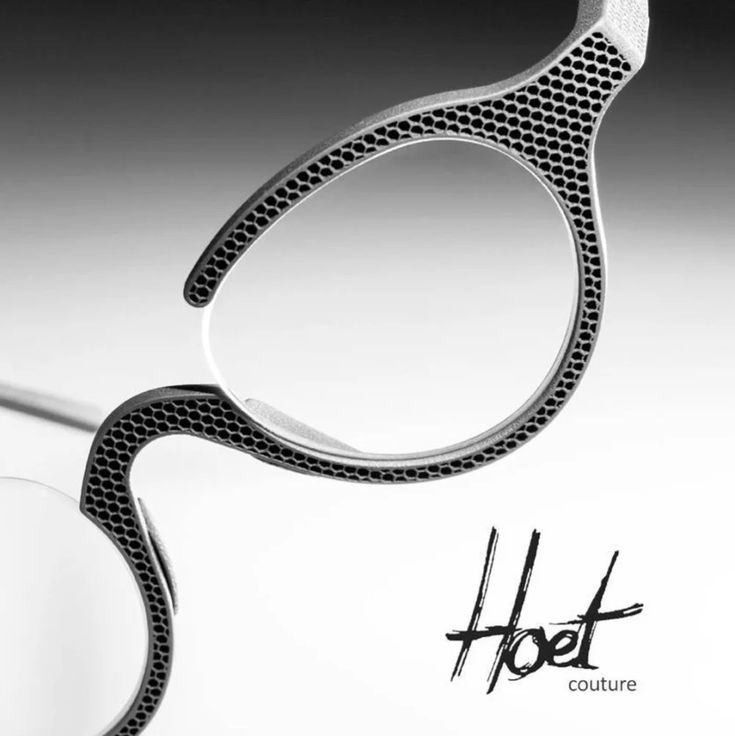 0
0 Free
Lashes Glasses
Free
2020 Silly New Year Glasses with dual extruder option
Free
DIY Video Glasses for Raspberry Pi
Free
Sunglasses #2
Free
Eye glasses holder
Free
Sunglasses V2
Free
Spectacle/glass holder (OpenSCAD project)
Free
Pencil case triangle
CUSTOMIZABLE 3D VTO PRINTING GLASSES
Harry Potter Glasses
Pencil case triangle
Discover our selection of best 3d files for 3d printers to make glasses or sunglasses .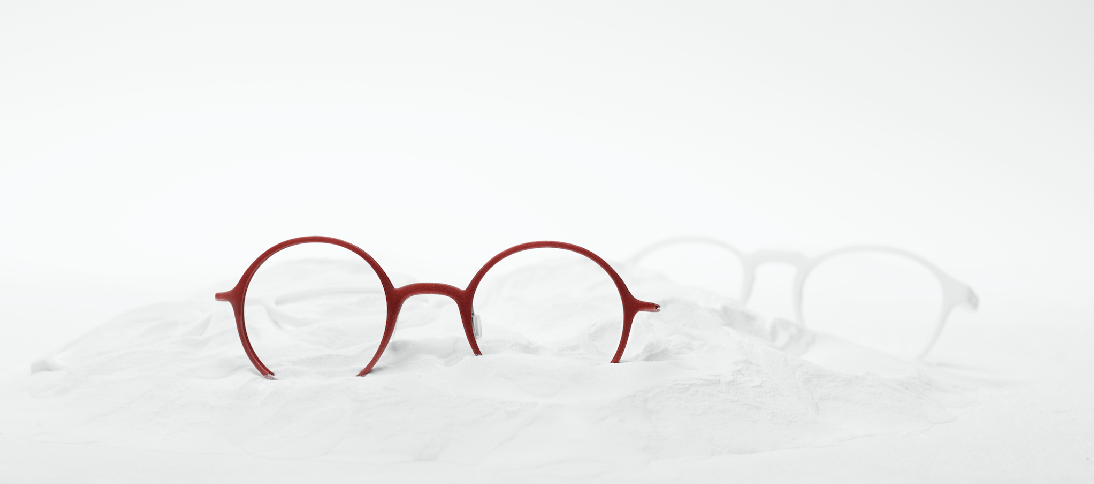 All these STL files are easily 3D printed, so you just need to download them, warm up your 3D printer and of course add glasses. This collection has been created by selecting the best creations from 3D Object Libraries **Cults .
All these STL files are easily 3D printed, so you just need to download them, warm up your 3D printer and of course add glasses. This collection has been created by selecting the best creations from 3D Object Libraries **Cults .
That's the beauty of 3D printing, you can create everyday items right at home and they're functional. In this case, for **3D printing glasses , even the mechanism for closing the temples can now be printed. In addition to the functional aspect, there is an aesthetic aspect and the big advantage of this 3D technology is the ability of to personalize your glasses thanks to 3D printing.
Glasses customization includes the ability to adapt the size to your face and skull shape , as well as select recycled and recyclable materials such as bioplastic PLA. There are also 3D printing materials that can replicate the look of wood or even bronze!
Needless to warn you that you must be very careful with your eyes and that spectacles and sunglasses remain medical supplies. Therefore, it is up to your doctor, ophthalmologist or optometrist to advise you before using these glasses!
Therefore, it is up to your doctor, ophthalmologist or optometrist to advise you before using these glasses!
MONO 3D Printed Glasses Collection Seeking Sponsors on Indiegogo
News
Follow Author
Follow
Don't Want
4
Despite the growing popularity of 3D printed glasses, few designers think about making not just glasses that fit perfectly on the face of a particular person, but glasses that the buyer can adjust for himself. This is probably what ITUM was thinking about when they launched their Indiegogo campaign.
“If the customer can choose the size of their clothes or shoes, why can't they choose the size of their glasses?” Hong Kong designers wrote on the Indiegogo page.
ITUM describes its MONO 3D printed glasses as "glasses that fit perfectly and provide the wearer with maximum comfort, all thanks to the sizing made possible by the latest advances in 3D printing technology. "
"
ITUM was founded by designer Edmond Wong after he couldn't find glasses for his "too big head". Since he had previously encountered 3D printing technology, he immediately thought of printing glasses and fitting them with a pair of quality sunglasses for maximum comfort.
The company's "3D printing for everyone" approach is based on the idea that every person has a unique face shape. Don't expect "one size fits all" for both sunglasses and prescription glasses. When making their glasses, the company takes three measurements. They are quite "enough to ensure maximum comfort." These are the width of the goggles, the depth of the nose pad and the length of the temples. Each of these indicators is represented by three sizes: small, medium and large. After comparing them, a unique 3-digit code is obtained. Each person has his own.
The main uniqueness of the design of glasses lies in their monolithic construction, hence the name - MONO.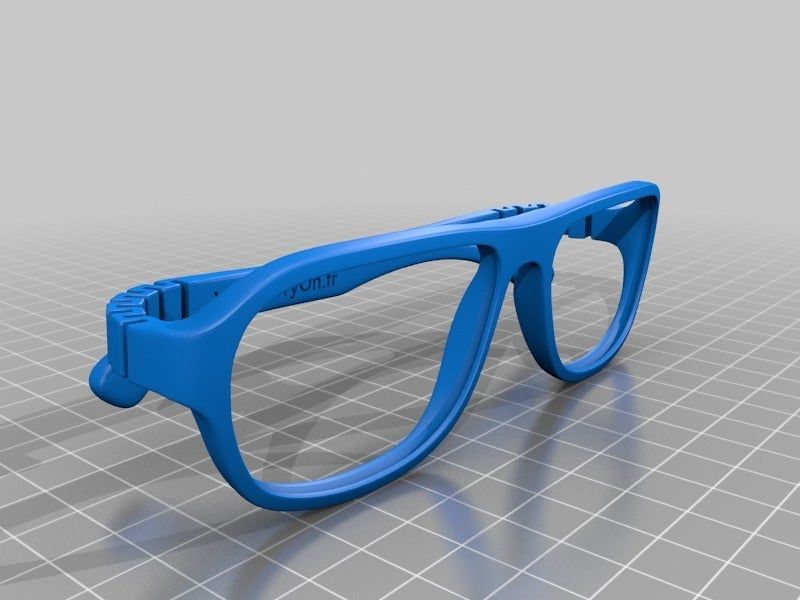 The designers decided to abandon the use of connecting elements and replaced them with an unusual loop, thanks to which the glasses easily wrap around the client's face. The unique patented loop design allows the temples to flex in all directions, even though the goggles are printed from solid nylon.
The designers decided to abandon the use of connecting elements and replaced them with an unusual loop, thanks to which the glasses easily wrap around the client's face. The unique patented loop design allows the temples to flex in all directions, even though the goggles are printed from solid nylon.
The company currently offers five different frames, each of which can accept different types of lenses, including sun and medical. For the manufacture of sun lenses, the company uses lightweight and durable polycarbonate, which guarantees reliable protection from sunlight (UV 400).
A company needs to raise $30,000 to make the MONO idea a reality. Right now, you can get Medical Glasses for $99 and Sunglasses for $119 on Indiegogo.
“While the MONO frame is 3D printed, we need a minimum number of orders to cover the cost of producing lenses and cases, as well as patenting and perfecting our product,” the company explains.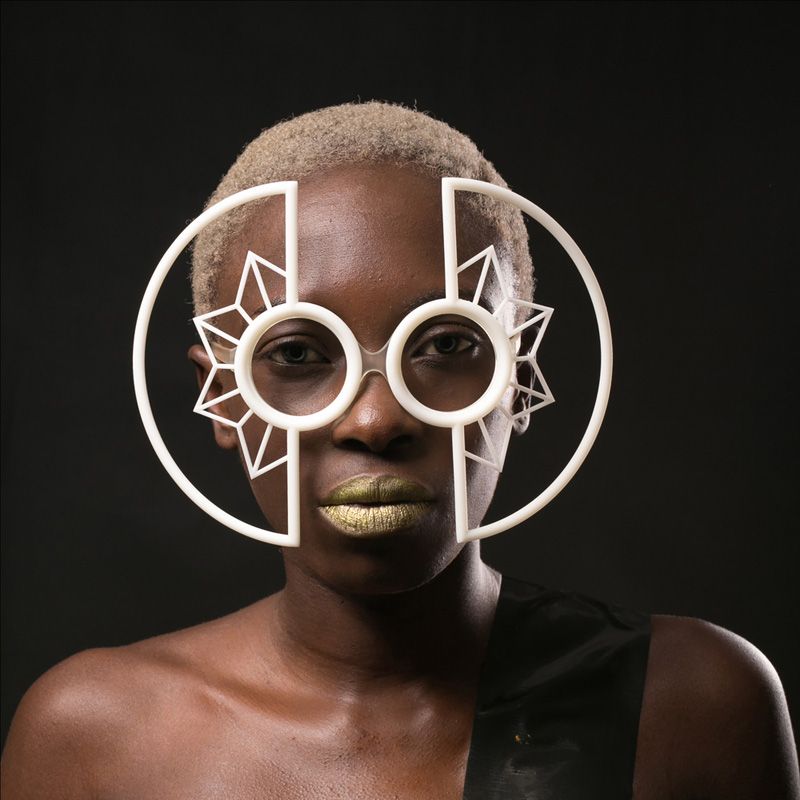
With summer just around the corner, ITUM has chosen the perfect moment to launch its Indiegogo campaign. One can only hope that she will have time to complete all the orders until the summer ends.
Follow author
Follow
Don't want
4
More interesting articles
ten
Subscribe to the author
Subscribe
Don’t want
The leaders of the Rosatom business accelerator InnoHub and OOO Invoshchenie signed an agreement on the provision of...
Read more
5
Subscribe to the author
Subscribe
Don't want
Specialists of the All-Russian Research Institute of Aviation Materials (VIAM) of the national.